What’s the real price of hiring the wrong tech candidate?

Spoiler alert—it’s far more than what you’ll find on an invoice.
Bad hires in tech roles aren’t just costly; they have a ripple effect that can hinder productivity, alienate great talent, and halt innovation. While many Hiring Managers focus on filling tech positions quickly, fewer stop to calculate the hidden costs that come with hiring the wrong person. It’s not just about the money.
If you’ve experienced the fallout of a misaligned hire, it’s time to take a hard look at your hiring process and how culture, screening, and onboarding are playing a role.
The Numbers Don’T Lie
The financial penalty of a poor tech hire is enormous, especially when considering the specialised nature of these roles. Studies estimate that a bad hire can cost anywhere from 30% to 50% of the employee's salary. And that's just the tangible cost. When you factor in lost productivity, recruitment expenses, and disruptions to project timelines, the number skyrockets.
But the damage doesn’t stop at your wallet. It trickles into team morale and even business innovation. Picture this scenario:
Your newly hired developer doesn’t fully understand their role, and their inexperience leads to a depletion of team focus because other members have to pick up the slack. Critical projects are delayed, frustrations mount, and your high performers–those you rely on to keep the wheels turning–start feeling undervalued or overworked. Some may even consider leaving altogether.
A single wrong hire can very quickly jeopardise long-standing efforts to cultivate a thriving and productive workplace.
The Ripple Effects You Can’t Ignore
Beyond budget spreadsheets, the impact of a poor tech hire often surfaces in three critical areas:
Team Morale
Hiring a candidate who is poorly suited for a tech role can create disproportionate burdens on the rest of the team. Your top engineers might spend more time fixing an unqualified hire’s mistakes than tackling key projects, breeding resentment and burnout.
Productivity Blockades
Bad hires inevitably slow down workflows. A misstep in coding or project management could set delivery timelines back by weeks—a nightmare for fast-paced industries where time-to-market matters.
Damage to Innovation
Tech leaders depend on their teams’ creativity and collaboration to foster innovation. A poorly performing hire introduces friction, stifling these efforts by creating tension and draining energy that could have otherwise gone towards developing new ideas.
Stop Bad Hires Before They Start
Addressing bad hiring outcomes isn’t just about damage control; it’s about prevention. Start by evolving your recruitment mindset and implementing improved techniques.
1. Screen for Skills AND Culture Fit
Many hiring tools overlook what we call "real alignment." While technical skills might be measurable during an assessment test, they are only part of an equation. Personality, work ethic, and alignment with core company values matter just as much.
Take time to define your company culture and communicate it throughout the hiring process. Identify candidates whose own values match your vision, so they naturally integrate into your team dynamic.
2. Prioritise Strategic Onboarding
Even candidates with the right credentials can falter without adequate onboarding. Help your hires succeed by outlining clear job expectations and measurable goals early. Offer mentoring or shadowing opportunities to help new employees acclimate to workflows and collaboration approaches without friction.
3. Upgrade Your Screening Process
Use skill-based simulations or challenges to evaluate practical abilities rather than relying on resumes alone. Modern tech hiring tools powered by AI can help predict job performance and screen out candidates incompatible with your needs.
Platforms knowledge goes far beyond a surface-level interview, digging deep into how candidates solve problems under stress, as they would in a real-world tech role.
4. Provide Continuous Feedback for Retention
One way to prevent poor performance over time? Create a workplace hungry for continuous growth. Keep communication open with tech teams by offering regular feedback loops, 360-degree reviews, or even anonymous channels.
Building Resilient Teams Starts with Intentional Hiring
Ultimately, your ability to avoid bad tech hires goes beyond identifying technical aptitude. The best tech teams flourish in data-driven yet emotionally intelligent environments where cultural alignment, shared purpose, and participation are key.
If your tech hires aren’t hitting the mark, it’s time to re-evaluate and modernise your recruitment strategy. From redefining screening criteria to building an onboarding program that succeeds, the opportunity to reset the course is within reach.
A Stronger Process = Stronger Teams = Stronger Products/Services.
Time to Take Action
Want to eliminate the hidden costs of a bad tech hire? It's time to boost your hiring process with tools and strategies that work.
Start here. Start now.
✉️ Contact us today to transform your tech recruitment process.






